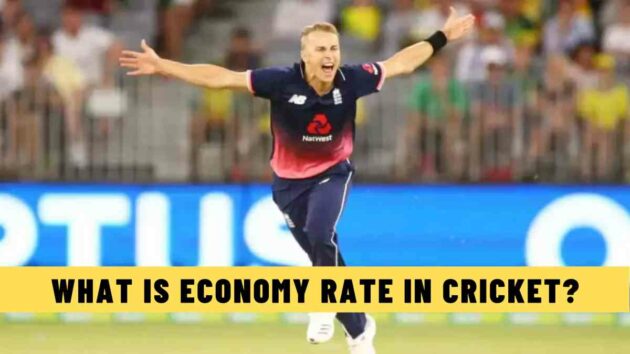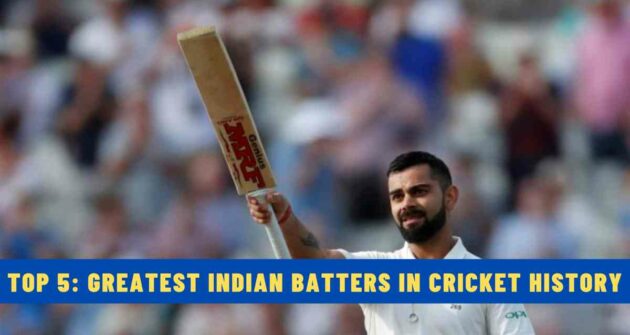In our previous article, we learnt about the bowling average and its calculation method.
Here we’ll understand the economy rate, which is another crucial statistic in a bowler’s career in cricket, along with average and strike rate.
What is the Economy Rate in Cricket?
The economy rate showcases a bowler’s effectiveness in controlling the run flow of the opponent team. The metric focuses on the average runs a bowler concedes per over bowled by them.
And the economy rate takes more precedence in limited-overs formats like One-Day Internationals (ODIs) and T20s. Here, the fewer runs a bowler leaks, the better their economy rate will come out.
A lower economy rate means the bowler has great control over the ball and doesn’t give away too many runs.
How to Calculate the Economy Rate?
Calculating the economy rate of a bowler isn’t rocket science. You just need to put in a few figures in a simple formula.
You can calculate the economy rate by the total runs conceded by the total overs bowled by the bowler.
Here’s the formula to calculate the economy rate:
Economy Rate = Total Runs Conceded / Total Overs Bowled
Let’s understand it with an example.
We’ll take Shane Warne’s ODI stats to calculate his career economy rate in the format. In all, the former Australian leg spinner gave away 7541 runs while bowling 1773.4 overs.
If we input the numbers into the formula (7541/1773.4), we get 4.25 as Warne’s career ODI economy rate.
You can also compute a bowler’s economy rate for an innings. Take the number of runs conceded and the total overs delivered by the bowler.
Let’s say Rashid Khan bowled 4 overs and conceded 18 runs in a T20 innings. His economy rate after the calculation (18/4) will be 4.5.
Read Next | New Ball Rules in Cricket – Explained











